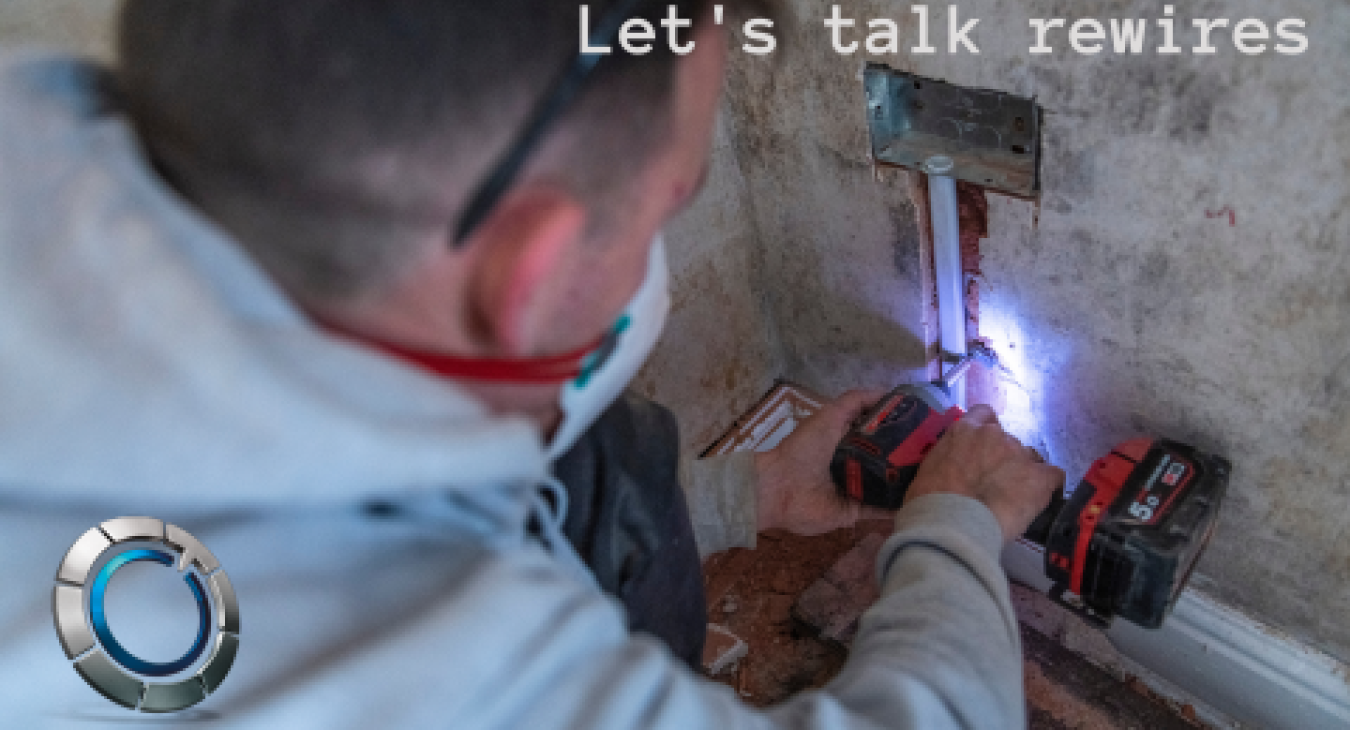
Something that varies greatly in domestic homes across the UK is Socket height. In older homes built before the many plug-in appliances we have today it's not unusual to find an inadequate number of sockets that are particularly close to or even mounted on the skirting board.
Often, it’s a combination of the lack of sockets and the impractical height that drives a homeowner to contact an electrician to install new sockets and likely improve the location of current ones.
This problem however doesn’t affect newer homes where Socket Height is covered by UK Building regulations (BS 7671, Part M of the Building Regulations for England and Wales and BS 8300: 2009 (Design of buildings and their approaches to meet the needs of disabled people) which states that wall mounted switches and socket outlets for power, lighting and other equipment in new dwellings “...should be located so that they are easily reachable.”
Questions often asked about Socket height in the UK include
Back to top1) Is there a minimum socket height?
UK building regulations state that wall mounted sockets should be positioned so they can easily be reachable in the given room. Whilst there are no specific regulations that need to be followed. As a general rule of thumb sockets should be installed at least 450mm to 1200mm up from the floor level of any room.
Back to top2) What height do sockets go above worktop?
The standard height of a worktop from the floor to the worktop surface is 910mm. The general rule is for sockets to be 150mm above this (measured from the worktop surface to the bottom of the socket). Added together, this means the standard socket height is 1060mm from the floor to the bottom of the socket
Back to top3) What is the standard height for light switches and outlet boxes?
For a majority of rooms, Electricians in the UK tend to place the bottoms of light switches 48 inches above the floor. This is a comfortable height for most home dwellers when sitting or standing, plus it makes it easier to install switches during construction
Back to top4) Are skirting board sockets illegal?
No, current installations are not illegal, however due to the impracticalities of having a socket so close the floor many homeowners opt to have the sockets moved to a more practical location.
Back to top5) Why were standards applied to socket height in the UK?
Minimum Socket height in the UK requirements were introduced to reduce the risk of mechanical damage to either the socket itself of the associated plug cord which could be damaged if the socket was too close to the floor, damage could also easily be done if trying to improvise by inserting a plug at an angle to try and make use easier. The likelihood of contact with water when cleaning is also much higher the lower the socket is located.
Back to top6) What if my house is at risk of flooding?
Speak to an electrician in Nottingham about ensuring that sockets are positioned above the expected flood level. Your electrician may also recommend changing the position of your fuse board to be above the flood level to avoid damage.
If you are unhappy with the height of your sockets in your home you should always enlist the assistance of a qualified electrician to change or install new sockets. This will ensure the work is carried out both safely and in line with current regulations.
Back to top




